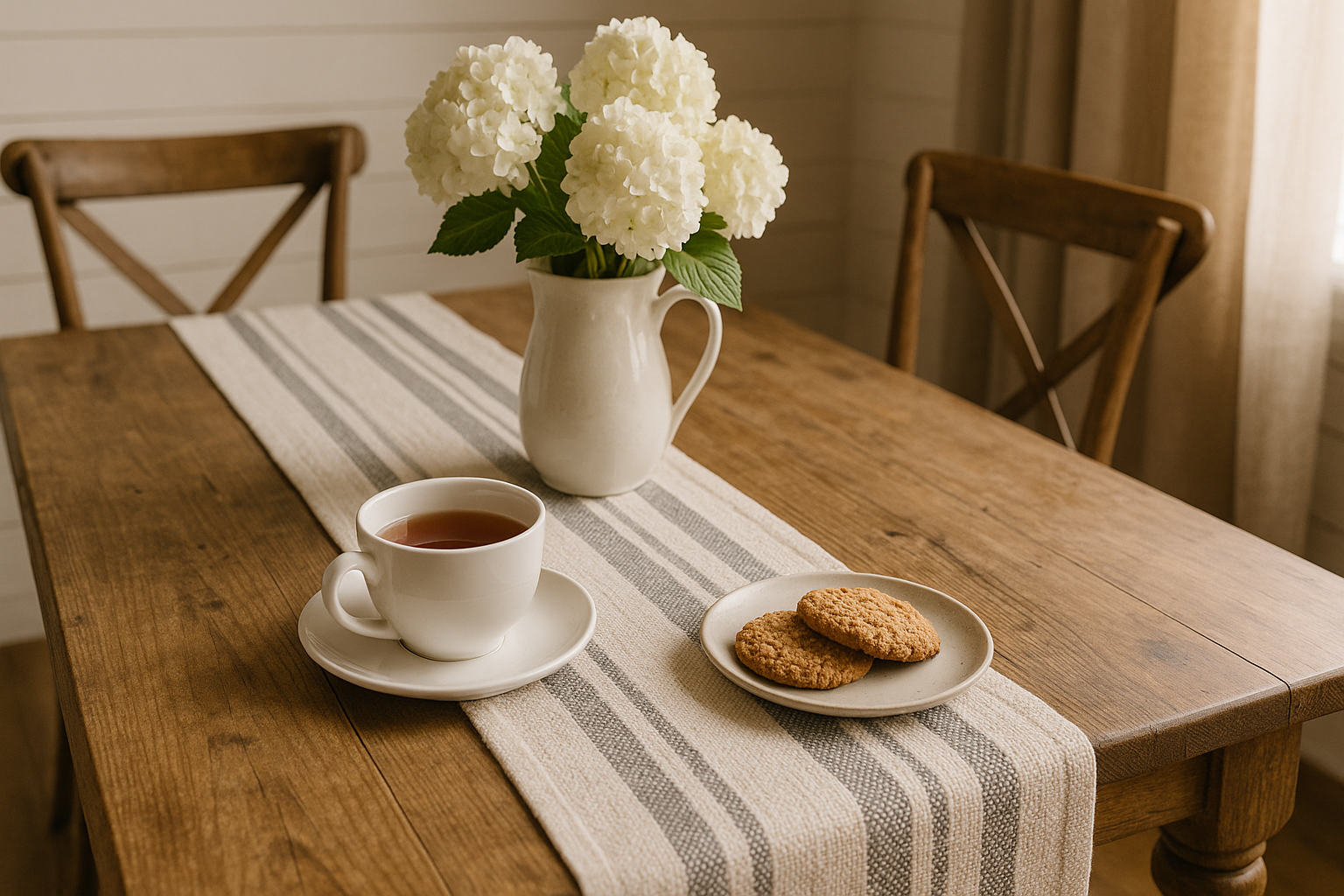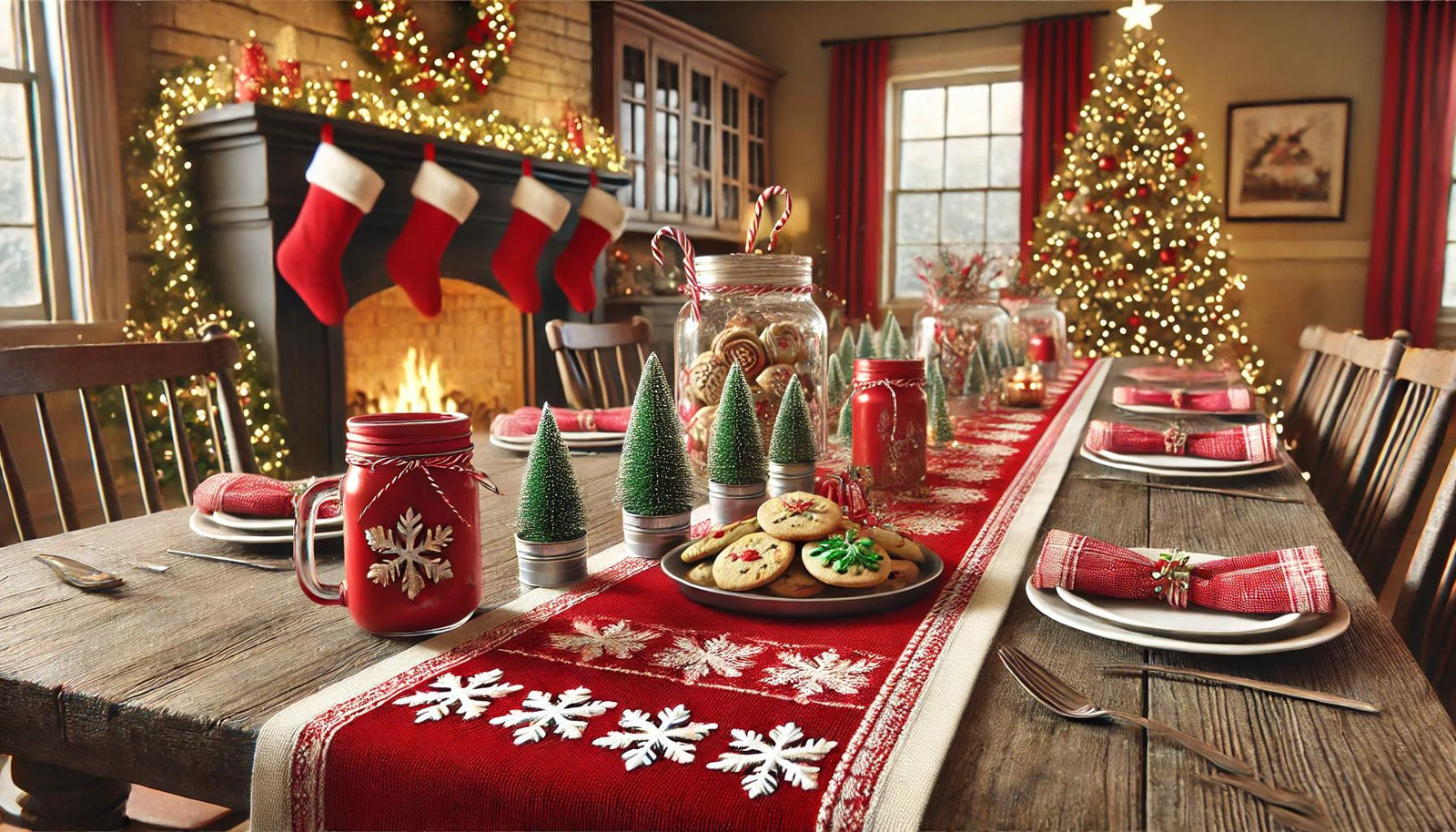Your Cart is Empty
Table Of Contents
- Why Table Runners Are a Budget-Friendly Game Changer
- Choosing the Right Table Runner for Your Space
- Table Runner Styling Tips to Elevate Your Dining Room
- Real-Life Examples: Budget Dining Room Transformations
- Where to Find Affordable Table Runners
- Bonus Tips for an Even Bigger Impact on a Small Budget
- Frequently Asked Questions
- Final Thoughts: Small Changes, Big Results
Table Of Contents
- Why Table Runners Are a Budget-Friendly Game Changer
- Choosing the Right Table Runner for Your Space
- Table Runner Styling Tips to Elevate Your Dining Room
- Real-Life Examples: Budget Dining Room Transformations
- Where to Find Affordable Table Runners
- Bonus Tips for an Even Bigger Impact on a Small Budget
- Frequently Asked Questions
- Final Thoughts: Small Changes, Big Results






